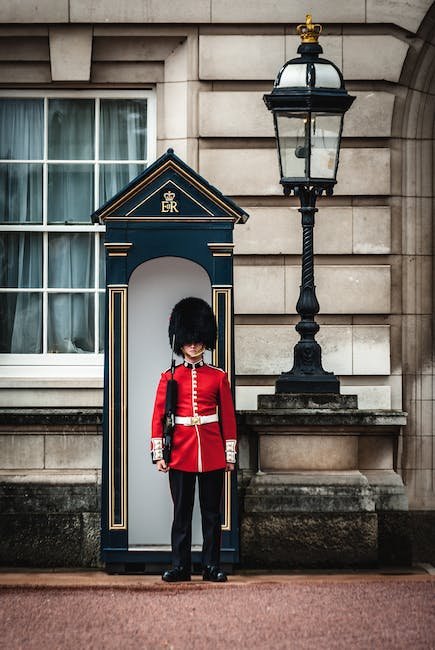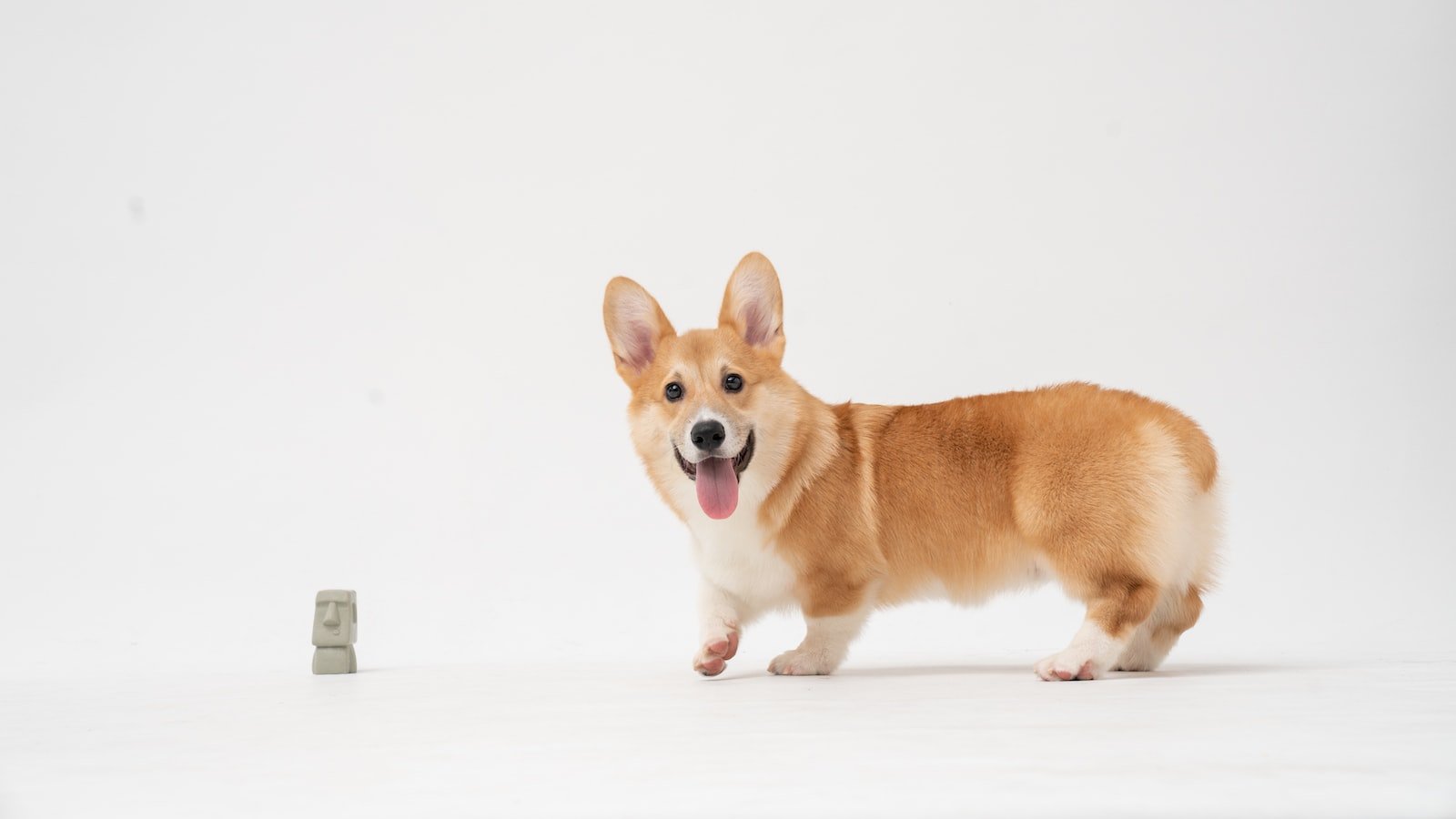Picture this: you arrive home, eager to relax after a long day, only to be greeted by your adorable new puppy. Your heart swells with affection as you reach down to pet them, when suddenly, they tense up, growl, and snap at your hand. Confused and taken aback, you begin to wonder why this precious ball of fur would display such aggression. Fear not, for resource guarding is a common behavior in puppies that can be addressed with patience, consistency, and the right training techniques. In this article, we will explore valuable tips and tricks to help you navigate the sometimes challenging world of puppy training for resource guarding, ensuring a harmonious and loving relationship with your furry friend.
Table of Contents
- Understanding Resource Guarding in Puppies
- Building Trust and Bond with Your Puppy
- Effective Techniques for Managing Resource Guarding Behavior
- Positive Reinforcement Training: Key to Overcoming Resource Guarding
- Creating a Safe and Positive Environment for Training
- Q&A
- Key Takeaways

Understanding Resource Guarding in Puppies
Resource guarding is a common behavior observed in puppies, which involves them protecting valuable items or spaces from perceived threats. While it may seem harmless at first, if left unaddressed, resource guarding can escalate into more serious issues such as aggression or possessiveness. As responsible pet owners, it is crucial to understand and address this behavior to ensure a happy and harmonious relationship with our furry companions.
Here are a few key points to help you grasp the concept of resource guarding in puppies:
– Body Language: Pay close attention to your puppy’s body language when it comes to guarding behavior. Raised hackles, stiffening of the body, growling, or snapping are all signs that your puppy may be guarding a resource.
– Common Triggers: Puppies generally guard resources such as food, toys, bones, or even their favorite resting spot. Identifying these triggers can help manage and prevent resource guarding episodes from occurring.
– Positive Reinforcement: Training your puppy to see resource sharing as a positive experience is vital. By utilizing positive reinforcement techniques such as rewarding good behavior with treats or praise, you can help promote a healthier attitude towards sharing and discourage resource guarding tendencies.
Remember, patience and consistency are key when addressing resource guarding in puppies. Seek professional help if needed, as a qualified trainer or behaviorist can provide tailored guidance to assist you and your puppy in overcoming this behavior challenge.
Building Trust and Bond with Your Puppy
When bringing home a new puppy, it’s essential to establish a strong foundation of trust and create a deep, unbreakable bond. By investing time and effort into building this relationship from the start, you’ll pave the way for a lifetime of companionship and mutual understanding. Here are some valuable tips to help you nurture trust and strengthen the bond with your furry friend:
- Be patient: Remember, your puppy is just discovering the world and learning how to interact with you. Patience is key as they go through different stages of development.
- Consistency is key: Establish clear rules and routines right from the beginning. Dogs thrive on consistency, and it helps them feel secure and understand what is expected of them.
- Positive reinforcement: Reward your puppy with praise, treats, and affection when they display desirable behavior. This positive approach encourages them to repeat these actions and strengthens the trust between you.
- Communication: Building trust relies on effective communication. Learn to understand and interpret your puppy’s body language, and respond in a way that they can comprehend.
- Quality time together: Spend time bonding with your puppy through activities they enjoy, such as interactive playtime, training sessions, or leisurely walks. These shared experiences create lasting memories and deepen your connection.
Remember, building trust and fostering a strong bond with your puppy is an ongoing process. Be consistent, patient, and understanding, and your furry friend will grow to trust and adore you unconditionally.

Effective Techniques for Managing Resource Guarding Behavior
When it comes to resource guarding behavior in pets, it is crucial to understand how to effectively manage and address this issue. Resource guarding occurs when a pet becomes overly protective of items, such as food, toys, or even people, and displays defensive behavior when approached.
Here are some effective techniques that can help you handle resource guarding behavior:
- Positive Reinforcement: Utilize positive reinforcement training techniques to create a positive association with approaching or reaching for the guarded resource. Reward your pet when they allow you to approach without displaying aggressive behavior.
- Counterconditioning: Gradually desensitize your pet to the presence of others near their guarded resource by associating it with something positive, such as high-value treats or playtime. This will help your pet learn to associate proximity to the resource with positive experiences rather than feeling threatened.
- Trade-Up Approach: Teach your pet that giving up their guarded resource results in receiving an even better or more desirable item in return. This positive reinforcement helps them understand that relinquishing their possession is beneficial.
Remember, managing resource guarding behavior requires patience, consistency, and understanding. If you encounter difficulties, consult a professional dog trainer or animal behaviorist who can provide expert guidance tailored to your pet’s specific needs.
Positive Reinforcement Training: Key to Overcoming Resource Guarding
Resource guarding is a common behavior in dogs where they become possessive and aggressive when someone approaches their valuable possessions like food, toys, or even their favorite spot on the couch. However, rather than resorting to punishment or forceful methods, positive reinforcement training is an effective and humane approach to address this behavior.
Using positive reinforcement involves rewarding desired behaviors and teaching dogs to associate positive experiences with the presence of humans or other animals near their resources. Here are some key strategies to help overcome resource guarding using positive reinforcement:
1. Counter-conditioning: By gradually exposing the dog to situations that trigger resource guarding while providing positive experiences, the dog can learn to associate the presence of people or animals with rewarding experiences.
2. Desensitization: Systematically desensitizing the dog to situations that trigger resource guarding can help them become more comfortable and less reactive. This process involves gradually increasing the intensity of the trigger while rewarding the dog for remaining calm and non-aggressive.
3. Trading: Encouraging the dog to voluntarily give up their possessions in exchange for something of higher value establishes a positive association. This can be achieved by offering a desirable treat or toy in return, reinforcing the idea that sharing resources is beneficial.
Remember, patience and consistency are key when using positive reinforcement training to overcome resource guarding. With time and the right approach, dogs can learn to feel more secure and comfortable in sharing their resources, leading to a happier and harmonious relationship with their human companions.
Creating a Safe and Positive Environment for Training
is crucial to ensure optimal learning and growth. Here are some tips to foster an atmosphere that promotes collaboration, engagement, and overall well-being during training sessions:
– Set clear expectations: Clearly communicate the goals and objectives of the training to participants beforehand. This gives them a sense of purpose and direction, helping them stay focused and motivated throughout.
– Foster open communication: Encourage participants to ask questions, share ideas, and express their opinions freely. Emphasize active listening and respectful dialogue to create an environment where everyone feels valued and heard.
– Provide constructive feedback: Feedback plays a fundamental role in the learning process. Regularly provide constructive feedback to participants, highlighting their strengths and areas for improvement. This not only aids in their development but also instills a sense of support and encouragement.
– Incorporate interactive activities: Make training sessions more engaging by incorporating interactive activities such as group discussions, role-playing, or hands-on exercises. This encourages active participation, problem-solving, and strengthens the learning experience.
- Emphasize inclusivity and diversity: Ensure that the training environment promotes inclusivity and embraces diversity. Encourage participants to respect and appreciate different perspectives, cultures, and backgrounds. By celebrating diversity, you create an atmosphere of acceptance and foster a broader range of ideas.
– Promote self-care: Encourage participants to practice self-care and prioritize their well-being during training. Remind them to take breaks, stay hydrated, and maintain a healthy work-life balance. Healthy and happy individuals contribute to a positive training environment.
By implementing these strategies, you can create a safe and positive training environment that fosters growth, collaboration, and personal development for all participants.
Q&A
What is resource guarding in puppies?
Resource guarding is a behavior where puppies protect their valuable possessions, such as food, toys, or even their owners. They may display aggressive behaviors like growling, biting, or snarling to prevent others from taking their prized possessions.
Why is it important to address resource guarding in puppies?
Addressing resource guarding is crucial because it helps create a safe and harmonious environment for both the puppy and their human companions. By training pups to relax and feel secure, it reduces the risk of aggression and ensures a happier and healthier relationship between the puppy and the family.
How can I recognize if my puppy has resource guarding tendencies?
Some signs of resource guarding in puppies include stiff body language, growling when approached near their possessions, or freezing and staring when someone tries to take something away from them. It’s essential to be attentive to these behaviors to address them promptly.
What are some tips to prevent resource guarding in puppies?
To prevent resource guarding, start by teaching your puppy the “drop it” or “leave it” commands, using positive reinforcement techniques. Additionally, always provide your pup with plenty of toys, chews, and attention to reduce the need for guarding valuable items.
How can I train my puppy to overcome resource guarding?
One effective technique is to practice the ”trade-up game,” where you swap out a less valuable item for a more desirable one. This helps the puppy associate giving up items with receiving something even better. Gradually, the puppy will learn that letting go of possessions is beneficial and not a threat.
Should I seek professional help for severe resource guarding cases?
If your puppy’s resource guarding behaviors escalate, become dangerous, or you feel overwhelmed in addressing them, it’s highly recommended to consult a professional dog trainer or behaviorist. They can provide expert guidance and tailored solutions to address and manage the behavior effectively.
Key Takeaways
As we come to the end of our journey through the intricacies of puppy training for resource guarding, we hope you’ve gained valuable insights and a deeper understanding of this common behavioral challenge. From the first elusive signs of possessiveness to the rewarding moments of breakthrough, we’ve explored a myriad of tips and tricks to help your furry friend overcome their instinctual urges.
Remember, each puppy is unique and may require tailored approaches. Patience, consistency, and positive reinforcement will be your guiding allies on this transformative path. So, as you embark on this remarkable adventure, equip yourself with unwavering determination and an open mind.
As your puppy learns to establish trust, communicate effectively, and relinquish tension surrounding their precious treasures, you’ll witness a remarkable evolution. Through diligent training, you’ll forge an unbreakable bond, built on mutual respect and understanding.
Moreover, we must acknowledge that training a puppy with resource guarding tendencies calls for a delicate balance of empathy and assertiveness. As we navigate this complex terrain, let us remain compassionate and committed to providing a safe and nurturing environment for our four-legged companions.
We hope our collection of tips and tricks has armed you with the knowledge and tools necessary to embark on this endeavor with confidence. Remember, it is in the small victories and incremental progress that true growth is cultivated.
So, as you bid adieu to this article, let your heart be filled with hope, knowing that with love, patience, and the right techniques, you can mold your puppy into a remarkable companion. Together, you will conquer their guarding instincts, unlocking a world of harmony and joy in your shared adventures.
Good luck on your training journey, and may your puppy’s transformation be a testament to the power of perseverance and love.
As an affiliate, my content may feature links to products I personally use and recommend. By taking action, like subscribing or making a purchase, you’ll be supporting my work and fueling my taco cravings at the same time. Win-win, right?
Want to read more? Check out our Affiliate Disclosure page.